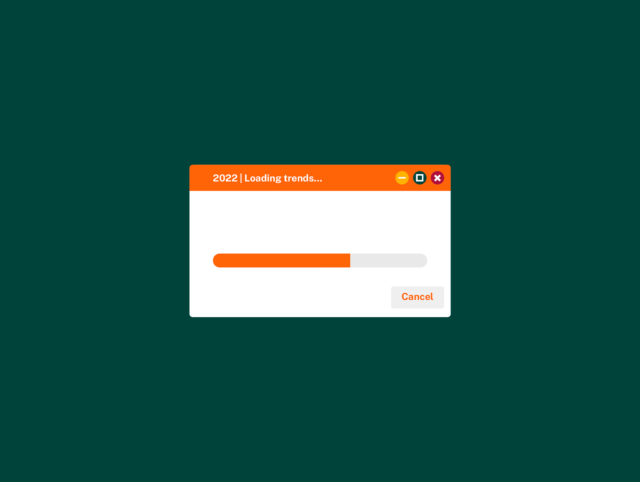Key trends in public relations in 2022
Once again, this year, the Canela offices in Barcelona, Madrid and Lisbon have come together to choose the PR trends that will mark 2022. It wasn’t easy, but we have chosen five phenomena that we think you should keep an eye on this year if you work in marketing and communication.
New generations, new media
The image of streamer Ibai Llanos ringing in the New Year with veteran presenter Ramón García illustrates the impact that digital media is having on TV audiences. Although coming from the records set in 2020 with the pandemic, in 2021 the three biggest streaming platforms (Twitch, YouTube Gaming and Facebook Gaming) have continued to grow to over 25 billion hours watched in total.
In addition, video-on-demand platforms already account for 25% of the TV market. In 2021 there were milestones such as the two million viewers who followed the ending of La Casa de Papel on Netflix (equalling the most watched programme on TV that day). And it is no longer just the younger generations who are choosing these new media, as 20% of the over-55s use these platforms periodically. Will 2022 be the year in which the definitive breakthrough in the audiovisual sector will take place?
Social media under scrutiny
While the global audience of the main social platforms grew by 3.8 % in 2021 according to Statista, services such as Facebook or Twitter have been losing users for years. Instagram also seems to be hitting a plateau, despite the extra boost during the lock-down. As for new platforms, they are finding it increasingly difficult to gain a place, as reflected in the short-lived boom and bust of the audio app ClubHouse, whose usage has fallen by 80%.
At the same time, revelations about the less than exemplary practices of some platforms are tightening the legislative grip on social networks. In 2002, we will see a tightening of regulation of social media with initiatives such as the UK’s Online Safety Bill, which increases requirements for the control of harmful content. New practices such as Social Commerce (live sales sessions organised by influencers to encourage impulse purchases), which reinforce the commercial nature of this type of platform, will also have to be regulated.
CSR in every campaign
In 2021, the number of companies committed to carrying out Corporate Social Responsibility (CSR) actions increased by 28% in Spain, according to a report by the consultancy firm Hays. The pandemic, along with other aspects such as concerns about climate change, racial or gender issues, has encouraged more companies to show their social side.
This also extends to marketing and communication campaigns and even events. Increasingly, adding a solidarity component to such actions is becoming a key requirement to connect with consumers and make them see that your brand cares about more than just making money. At the same time, CSR initiatives are excellent PR material, thus closing a virtuous circle.

Hyper-personalisation of communication
Big Data, web analytics, artificial intelligence and access to real-time data are enabling brands to get to know their customers better than ever before. And the next logical step is hyper-personalisation, which is about delivering the most individualised experience possible at every stage of the consumer journey: from visiting a website or social network, to content consumption, online shopping or even on the product itself. Hyper-personalisation helps to connect with audiences and in 2022 we will see further personalisation in areas such as digital advertising, inbound marketing and content marketing.
At the same time, we see how the media also demand hyper-personalised content. Because of staff reductions and cuts in newsrooms, the media need to receive quality content adapted to their tone and style, in order to really have useful and publishable texts. If in recent years we have been talking about a trend away from mass mailings of press releases, we are now talking about offering each media outlet exclusive content that, while remaining faithful to the brand’s messages, is tailored to the needs of that outlet.
Content: the shorter and more visual, the better
It is curious to note that, at a time when Google’s algorithms seem to favour longer and more detailed content, short content shows the highest engagement rates. The explanation seems to be due to the progressive decline in the audience’s attention capacity: some studies say that our attention starts to wane within 5 seconds of being exposed to a stimulus, whereas two decades ago it was 12 seconds.
The boom in mobile devices, where reading is more tedious, is another of the keys to the growing preeminence of so-called short-form content. Interestingly, even in households with a computer, the mobile phone has become the most widely used device for surfing the Internet. And the most consumed content is online video, social media and news. So, if you want your messages to reach your audience in 2022, go for short texts, accompanied by images or, better still, short videos that can be understood without activating the sound. That’s what’s most popular!
In the coming months, we will be developing these trends in depth. Follow us on our social networks and subscribe to our podcast so you don’t miss a thing!